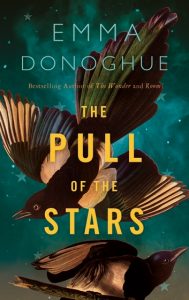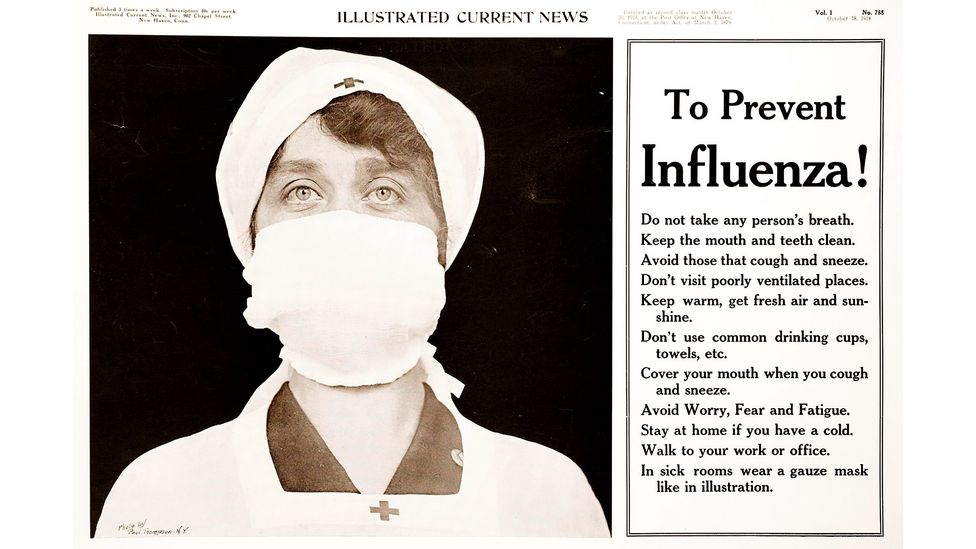

Donoghue is an important writer for this moment. unmistakably a war novel, but the battles take place on the engorged and furrowed flesh of the women themselves. The most vivid stories in this novel leave their traces on the body, rather than the history books-a bruised wrist, a scarred arm, a swollen leg.

If there is a way forward for the pandemic novel, it may be in these claustrophobic settings that Donoghue maps out, where too much dying and too much loving press together in a tight space. Donoghue seems most interested in the dramas of this one space - with which she manages to make clear the broader constrictions and injustices of an entire Irish society. The scenes in the 'fever/maternity' ward are so enthralling that the novel loses a bit of its fire - and realism - whenever it leaves that room, but these departures are thankfully rare. Even in Julia’s slightly euphemistic voice, the sheer attention devoted to these descriptions functions as a kind of unadorned reverence for the work and pain and strength of women - and how the paths of their lives are so often defined by the workings of their bodies. The narrow aperture of the maternity ward allows Donoghue to focus on one of the novel’s most compelling preoccupations: the lives and bodies of women. Readers familiar with Donoghue’s masterly 2010 best seller, Room, will recall the focused intensity she can bring to bear on constricted spaces.


 0 kommentar(er)
0 kommentar(er)
